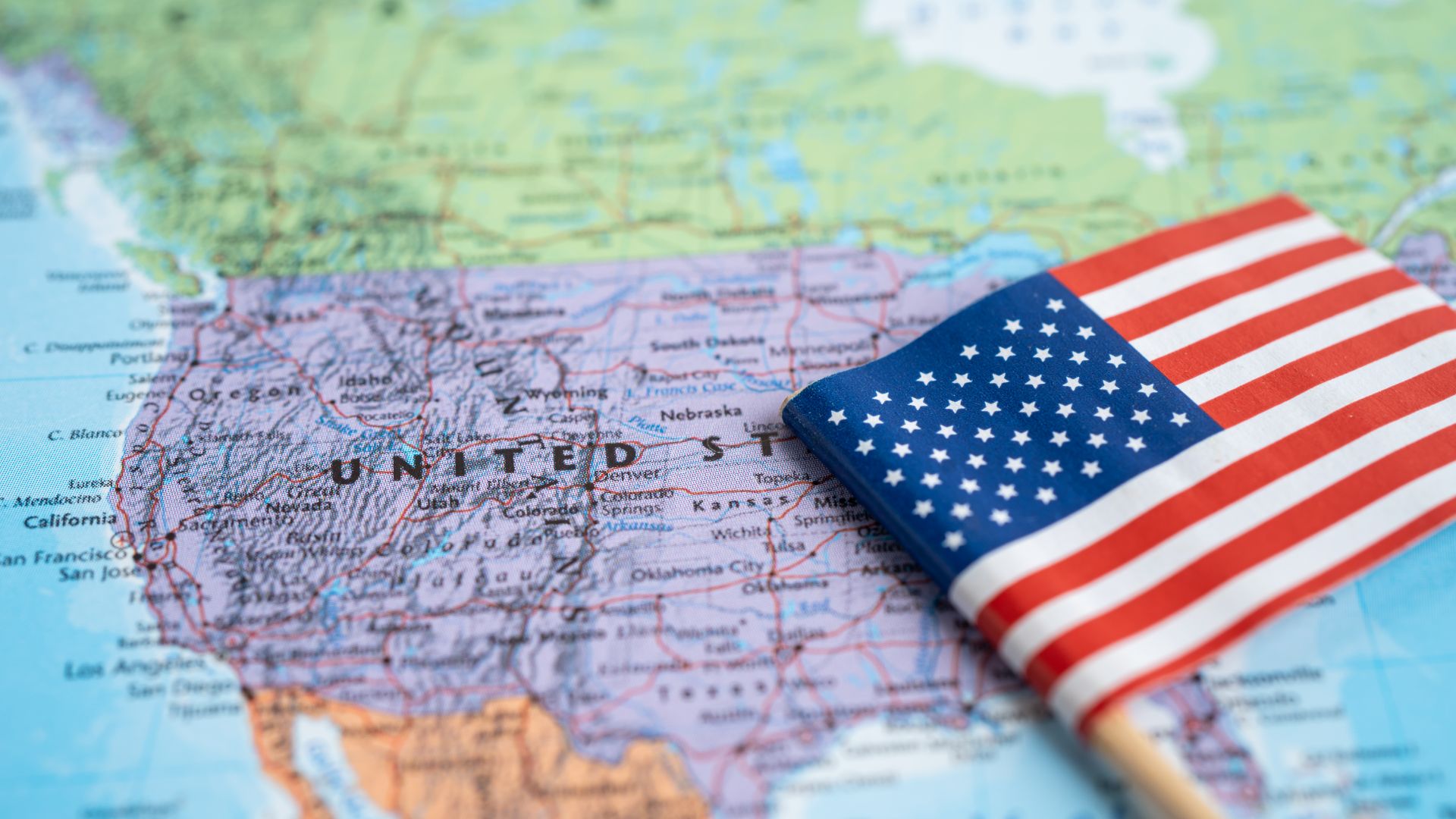Navigating Duty of Care
Picture this – a group of students studying conservation travel through the United States, visiting various significant landscapes and ecosystems, many of them dangerous. The nature of their studies requires them to spend a lot of time in unpredictable situations – boats, hiking trails and dangerous animal habitats. Any parent, staff or student would want absolute peace of mind that they will be looked after, that every precaution be taken. This is where Duty of Care and Travel Risk Management steps in, to ensure that risks do not overshadow quality education, and ultimately, the safety of human life. This ethos carries over to all sectors – business, private, NGOs and educational institutions – so that the story of their trip abroad is one of success, learning and security.
In today’s unpredictable world, the idea of Duty of Care has become a key part of how any responsible organisation operates. Simply put, it means taking the necessary steps to protect people from harm. For employers, NGOs, and universities in the US, this isn’t just about ticking legal boxes – it’s about ensuring the absolute safety and well-being of your employees, students, and travellers. By understanding the laws, meeting essential requirements, and putting strong Travel Risk Management (TRM) strategies in place, organisations can show they genuinely care while staying resilient.
Duty of Care Legislation & Requirements in the US
Duty of Care Definition
In the US, Duty of Care is deeply connected to laws like the Occupational Safety and Health Act (OSHA), which requires employers to provide safe environments for their people. This responsibility stretches beyond offices and factories to include travel-related activities. Universities and NGOs must also follow regulations that cover international travel, campus safety, and emergency response planning.
These regulations also help protect organisations from corporate liability and reputational damage. Beyond safeguarding individual lives, failing to uphold Duty of Care obligations can lead to contract losses, investor scrutiny, and reputational harm.
For example, violations of the OSHA laws face fines, lawsuits or even jail time if employers fail to provide a safe travel environment. While OSHA is mostly known to US workers as regulation in the workplace, they also account for travel abroad. In the most extreme case, BP was famously fined $81,340,000 in penalties for the Deepwater Horizon oil spill, having violated 250 policies. The core legal ideas include anticipating risks (foreseeability) and taking reasonable steps to prevent harm. To align with global best practices, many organisations look to standards like ISO 31030 for managing travel risks effectively.
Key elements include:
- Foreseeability: Could risks have been reasonably anticipated?
- Reasonableness: Were steps taken to prevent harm aligned with best practices?
- Causation: Is there a clear link between a breach of Duty of Care and harm caused?
- Standards of Care: Do measures meet industry benchmarks?
Key Duty of Care Responsibilities in the US
Responsibilities in the Workplace
As an employer or manager, you play a critical role in ensuring a safe work environment for your staff, whether in the office or on the road. This includes looking after your employees’ physical and mental health. For travellers, it might involve risk assessments, safety training, and access to emergency medical help. In a globalised world, these responsibilities also mean being prepared for events like geopolitical tensions or natural disasters.
Duty of Care in Higher Education
Universities have a unique set of responsibilities. They need to protect not just students but also faculty and staff, particularly when international travel is involved. Pre-travel briefings, travel itinerary monitoring, and emergency plans are essential tools. These measures don’t just protect individuals – they also help preserve the reputation and smooth operation of the institution. For example, failure to stick to these tools and procedures can at worst, end in tragedy, and at best, mean lawsuits or reputational damage.
Sadly, there have been multiple cases where US universities failed to uphold these standards, with students bearing the consequences. This applies to both US students traveling abroad and international students studying in the US. For example, during the 2013–2014 academic year, over 886,052 international students enrolled in US higher education institutions. The risks extend beyond physical safety to include issues like racial or cultural discrimination, highlighting the broad scope of Duty of Care and travel risk management (TRM). These responsibilities affect every aspect of a student’s experience while travelling.
Duty of Care in Different Work Environments
Different jobs come with different risks. While offices might have well-established safety protocols, field workers or those travelling to high-risk areas face unique challenges. For example, factory workers may need specific protective measures, while travellers in unstable regions might require secure transport and evacuation plans. Adapting strategies to suit these diverse environments is key.
Duty of Care Regulations Around the World
Duty of Care isn’t just a US concern. Each country has its own rules, adding another layer of complexity for global organisations. For instance:
- France: France’s Labour Code and the 2017 Duty of Vigilance Law require employers to prioritise worker safety and address risks in their operations and supply chains. Non-compliance can result in severe penalties, especially for large organisations with global operations.
- Germany: Germany’s Occupational Safety and Health Act mandates risk assessments, safety training, and proactive workplace protections. The 2023 Supply Chain Duty of Care Act adds responsibilities for addressing human rights and environmental risks throughout supply chains.
- The Netherlands: The Netherlands emphasises proactive risk management under the Working Conditions Act, requiring employers to prevent workplace hazards and address mental health challenges like burnout. Failure to comply can lead to penalties, reputational damage, and compensation claims.
High-Risk Travel Destinations for US-Based Organisations
Many US-based organisations operate in or send employees to high-risk regions such as the Middle East and Africa. Industries like Oil & Gas, Construction, and Energy frequently deploy personnel to these areas, as do NGOs, humanitarian organisations, and government contractors in the defence and security sectors. These missions come with unique travel risks that must be proactively managed.
Terrorism remains a significant concern in many parts of these regions, with organisations needing to assess risks based on real-time intelligence and prepare contingency plans in case of attacks. Political instability is another major challenge, with sudden government changes, protests, or armed conflicts posing threats to foreign personnel. Natural disasters such as earthquakes, floods, and extreme heat waves can also disrupt travel and operational continuity. Furthermore, medical risks – ranging from infectious diseases to limited healthcare infrastructure – add another layer of complexity to travel planning.
To navigate these risks, organisations need comprehensive Travel Safety Plans, real-time intelligence updates, and emergency response protocols that include evacuation strategies and access to medical support. By leveraging Securewest International’s Sphere platform, companies can monitor evolving threats, provide travellers with essential security briefings, and ensure on-ground support is readily available.

Travel Risk Management Strategies for Head of Safety & Risk Managers
To ensure travellers’ safety and meet Duty of Care obligations, organisations must adopt a robust Travel Risk Management (TRM) strategy. This involves a comprehensive framework that addresses potential risks before, during, and after travel. It is the job of the Head of Safety and Risk Managers to integrate the strategy, advanced technology and expert support. These are some of the key strategies under their watch.
- Pre-Travel Risk Assessments are a cornerstone of effective TRM. These assessments evaluate political, environmental, and health risks associated with specific destinations. They also consider individual traveller characteristics, such as nationality or role, to tailor recommendations. For example, a local national may face fewer risks than a foreigner in some regions, influencing travel approval decisions.
- A Travel Safety Plan (TSP) should be developed for each trip, detailing primary and secondary evacuation routes, secure transportation, and accommodation options. Incorporating support from on-ground security personnel, like close protection officers and vetted drivers, ensures that travellers have access to reliable assistance in high-risk situations.
- Security Briefings play a crucial role in preparing travellers. These briefings should be customised to address specific risks, from local customs and laws to high-risk behaviours to avoid. For instance, knowing the safest routes or times to travel can significantly reduce exposure to danger.
- Technology Integration is essential for real-time risk management. Management platforms like SPHERE offer geo-location tracking and real-time alerts to keep travellers informed about emerging threats. Integrated SOS functionality allows travellers to send immediate alerts, connecting them to 24/7 emergency response teams. The integration of Passenger Name Record (PNR) data ensures seamless tracking of travel itineraries, including flights and hotel stays.
- Evacuation Planning should include both primary and secondary strategies, supported by local resources like secure vehicles and drivers. Having multiple options ensures flexibility during emergencies, whether it’s natural disasters, civil unrest, or health crises.
- For organisations with expatriates and International Service Employees (ISEs), specialised support is vital. This includes access to region-specific safety protocols, local healthcare services, and tailored medical advice for long-term assignments.
- Training programmes are equally important. Traveller Training should cover situational awareness, personal safety techniques, and emergency response procedures. Preparing employees for cultural differences and region-specific challenges ensures they can navigate unfamiliar environments confidently.
- In addition to security, medical services are a critical aspect of TRM. Comprehensive support includes 24/7 access to medical professionals, telemedicine consultations, and pre-travel health screenings. Emergency medical evacuations and occupational health services provide an added layer of protection, demonstrating that organisations prioritise well-being over cost-saving measures.

Providing Duty of Care: What Organisations in the US Can Do
Implementing Duty of Care Policies
Building a solid Duty of Care framework starts with clear policies. These should cover risk management, compliance, and emergency planning. Integrating these policies into daily workflows ensures everyone understands their responsibilities. Pre-travel health checks, detailed security briefings, and access to real-time alerts are vital for success.
Duty of Care Compliance
Staying compliant means more than following the rules – it’s about making safety part of your organisational culture. Regular audits, training sessions, and the support of compliance managers are critical. Technology can also play a big role, making it easier to track and report incidents.
Sustaining Your Duty of Care
Duty of Care in the US is about more than compliance – it’s about protecting the people who drive your organisation forward. By adopting strategies that meet legal requirements and align with global best practices, you can build a culture of safety and trust. Securewest International’s tailored solutions and 38 years of experience can help you stay ahead while ensuring your people are supported every step of the way. Embracing Duty of Care isn’t just the right thing to do – it’s the smart thing to do – so contact us today to find out how.
